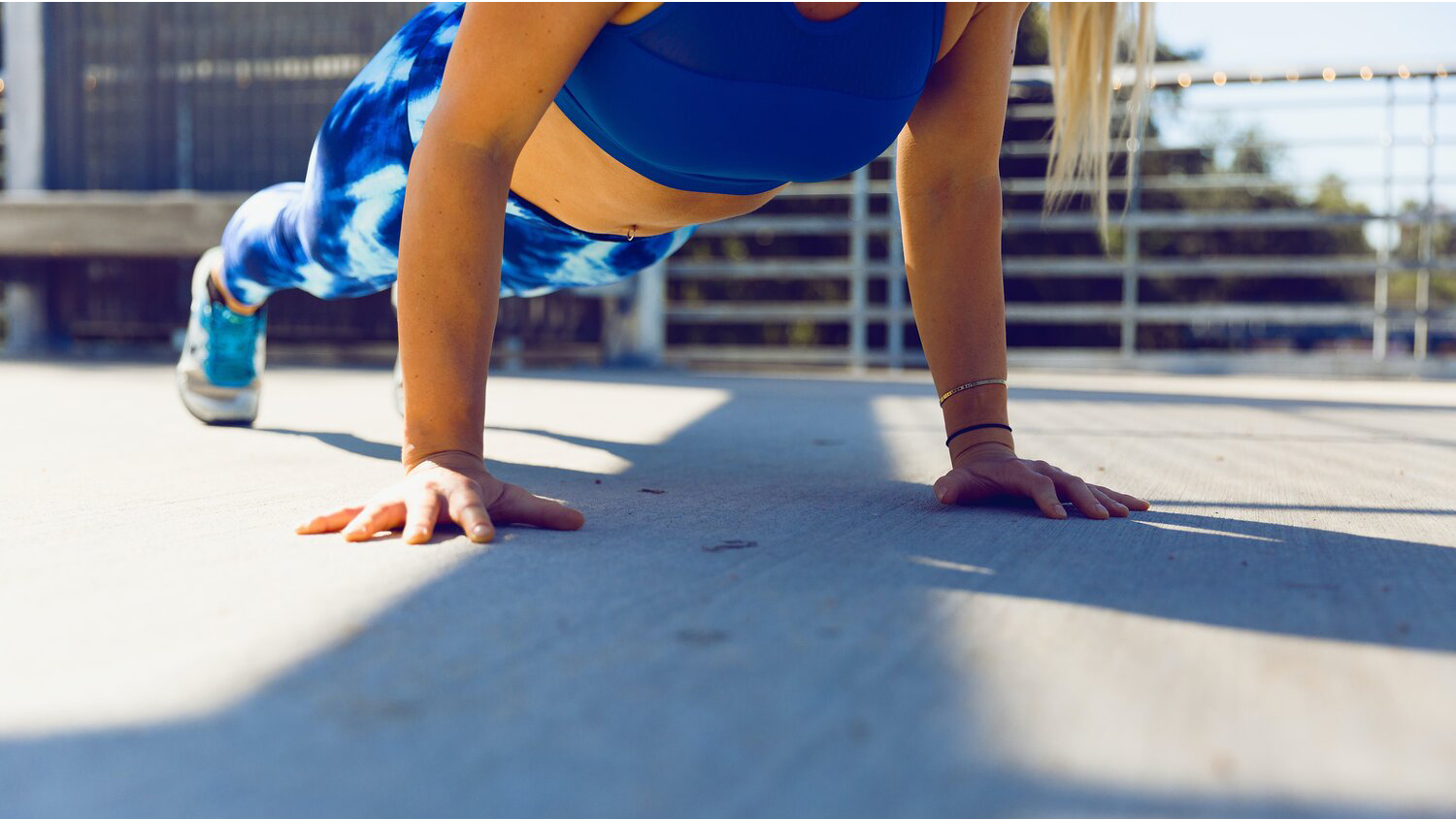
Are high-intensity workouts wearing you down? Here, our fitness experts reveal why incorporating less impact and more mindfulness into your routing could be the answer.
Fast-paced fitness sessions have become a go-to over the last few years, but a growing number of women are turning to more restorative forms of exercise.
And with benefits that include stress reduction, muscle-strengthening and weight loss, it’s not hard to understand why they’re scaling down on sweating it out in favour of soothing, recuperative forms of fitness that can be just as effective.
“People often judge their workout by how much they’ve perspired and pushed themselves, but that’s not always an accurate indicator of how much it benefits you mentally and physically,” says Louisa Drake, who counts actress Felicity Jones amongst her clients.
“Restorative fitness is all about taking a slower, more mindful approach to exercise. It doesn’t tend to involve high impact movements, or sweaty cardio. It’s becoming increasingly popular with everyone from busy professionals, to stressed out parents and students.
“People are becoming more aware about the longevity of their bodies, and they enjoy the calm that comes from physically moving at a slower pace. This is an ideal approach for anyone wanting to become fitter and calmer.”
So what is restorative fitness and why is it so good for you? Here, our experts give you the lowdown and explain the dramatic difference it could make to your mind and body in the year ahead.
Start your week with achievable workout ideas, health tips and wellbeing advice in your inbox.
Restorative fitness tips: a mindful approach
“Restorative fitness is essentially exercise that focuses on aligning the body and improving joint function, balance and flexibility,” says body coach Mandy Platt.
“It might be yoga or Pilates-based, or even involve swimming and walking. A major part of it is working the core, legs and bum. When I train, it includes lots of stretching and bodyweight exercises that focus on the small muscle groups, such as crunches, squats in different positions and push-ups.”
A key ingredient, says Mandy, is to perform each exercise mindfully, with an emphasis on breathing. “You really focus on the different body parts and doing each movement properly,” she says.
“This is a precise approach that gives you a real awareness of your body – you’re not jumping all over the place. It makes it a safer way of exercising, because you have better form and you’re not pushed too hard. That’s not to say it’s easy though!”
Restorative fitness tips: exercise for everyone
The beauty of restorative fitness is that anybody can do it, whether you’re a couch potato, fitness fanatic or recovering from injury. “This is an ideal way to start exercising,” says Mandy.
“It’s perfect for anyone who’s just had a baby, and I work with clients who are recovering from illness too. But it’s also great for fat loss and body sculpting. So many girls go to HIIT sessions, but you don’t need to work out like that to get great results.”
Restorative fitness tips: the restorative routine
So, how do you include restorative sessions into your weekly workout schedule? “I’d recommend incorporating two restorative sessions a week into your regular routine,” says Mandy.
“This might be yoga, Pilates, power walking, swimming or restorative classes. The important thing is to be mindful of your body’s needs.”
Louisa also recommends balancing out restorative fitness and strength work with HIIT sessions, and suggests keeping the latter to a maximum of twice a week.
“Aim to get 10,000 steps in most days too, perhaps with a brisk 30-minute walk,” she adds. “Don’t forget to build in recovery time as well.”
Restorative fitness tips: mood-boosting benefits
Alongside fat loss and toning, restorative fitness also has huge benefits for your emotional wellbeing.
“HIIT workouts are great for boosting endorphins, but they can boost your cortisol (stress) levels too, potentially leaving you with immune damage or adrenal fatigue,” explains Louisa, who specialises in restorative fitness classes and personal training at the LDM studio in London.
“The key is to balance them with restorative sessions, which decrease cortisol levels and help the body deal with stress and anxiety.
“For people who are quite wound up by everything they’re juggling, coming to a restortative class can even be quite emotional.”
Launched in 2020, Fit&Well.com is all about helping you meet your health and fitness goals in ways that are fun and achievable. With news and features on fitness, weight loss, running, nutrition, yoga, wellness and more, we're committed to helping you wherever you are on your fitness journey. We break down the best fitness tech, with reviews, buying guides and the latest deals on fitness and wellness kit, from dumbbells to diffusers.
We cater for all difficulty levels here. It doesn't matter if you're a beginner in the world of fitness or you're gearing up for your tenth marathon: we're all moving towards the same goal – creating a healthier, happier you. From guides on getting started doing walks around the block, to creating the perfect work-from-home space, to eating to fuel your first triathlon. It's all here.

